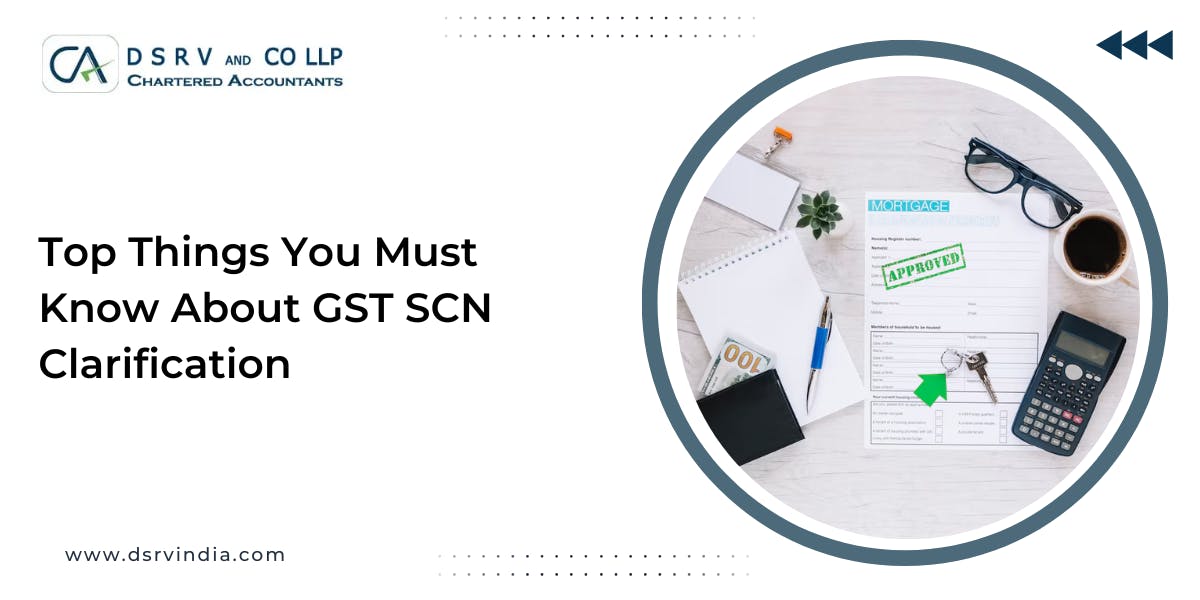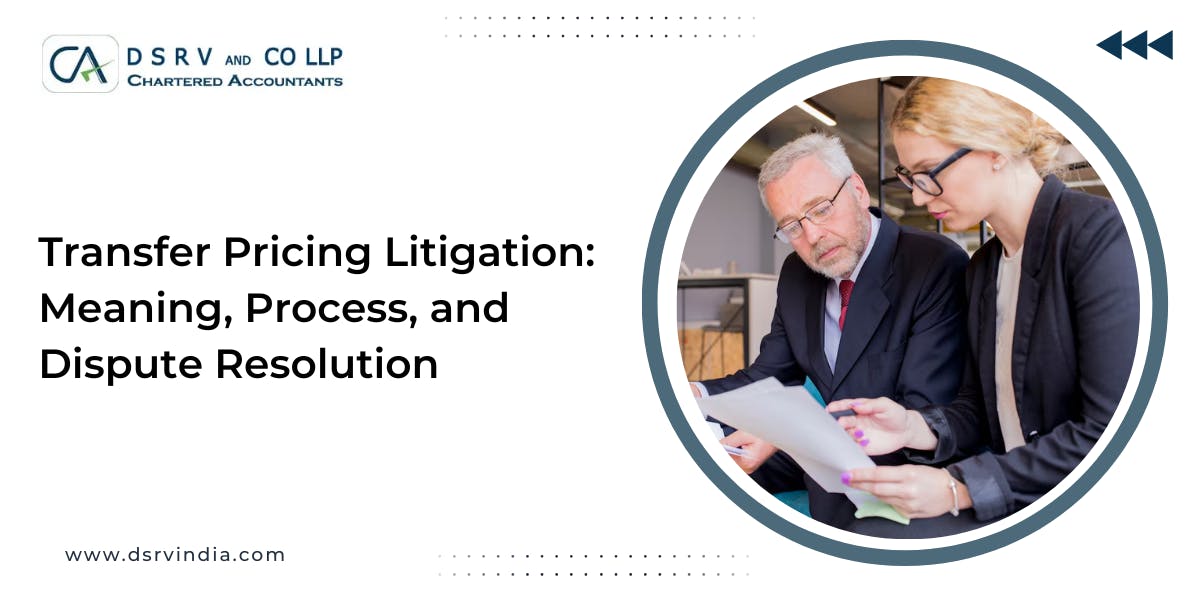Transfer pricing forms an important part of corporate tax planning for any firm, mainly in the context of international business concerns. Essentially, it refers to the pricing of transactions between associated enterprises, such as a parent company and its subsidiary or a parent company and its group concern.
In India, understanding and utilizing the proper transfer pricing methods are vital towards achieving the goal of tax compliance and avoiding penalty imposition. Whether you are an international organization or an emerging business, the complexity of transfer pricing can be extremely daunting, unless you have the required professional knowledge on the issue. You can best ease out such a process by hiring a Chartered Accountant in Gurgaon, providing expert guidance while making sure that your business follows all applicable regulations, taking full control of tax liabilities in a progressive and optimized manner.
This article will take you through the methods of transfer pricing in India and provide you with the best practices that will enable your business to remain compliant and efficient.
Read More: Avoid These Common Pitfalls: A Guide to Smooth Company Registration in Gurgaon
What is Transfer Pricing?
Transfer pricing is the price agreed upon while making a transaction between two related parties like parent companies, subsidiaries or associated enterprises. Such transactions can also include the sale of goods, provision of services and even transferring of intellectual properties. Because related parties might show inflated profits or losses across tax jurisdictions, such transactions are scrutinised by Indian tax authorities to prevent tax evasion.
The Indian government mandates that the price of such transactions should be arm's length basis, where the price should be comparable to the price applied in similar transactions between independent, unrelated entities.
To comply with the regulations of transfer pricing, most businesses require a transfer pricing study report, whereby it is shown that the pricing of intercompany transactions adheres to the arm's length principle.
Transfer Pricing Methods in India
The Act of India has prescribed five transfer pricing methods for determining the arm's length price. Among the ones listed above, a firm must apply at least one of the same methods in analyzing transactions between related parties.
Also Read: The 10 Problems and Solutions for GST Registration
1. Comparable Uncontrolled Price Method
Perhaps the CUP method is the most straightforward and literal approach. It simply compares the price charged in a related-party transaction with the price charged in a similar transaction between independent entities under comparable conditions. This method is very reliable but somehow inappropriate for situations where no comparable transaction exists.
Example: If the company sells a product to a subsidiary and also sells such to unrelated customers, the price charged to the latter can be used as a benchmark to determine whether the price charged to the former is at arm's length.
2. Resale Price Method (RPM)
RPM is the selling margin realised by a distributor or reseller on a related-party transaction. The arm's length price is calculated by first adjusting appropriately and then subtracting the gross margin from the selling price at which the product has been sold to an independent party.
This approach could be made available when goods are purchased from related parties and sold to third parties with little or no value added.
Example: A distributor purchases products from its parent company and sells them to third party customers. The gross margin realised by the distributor can be compared with independent margins realised by analogous distributors on independent transactions.
3. Cost Plus Method (CPM)
The CPM measures the cost that a supplier incurs while providing goods or services to a related party and adds an appropriate markup to get to the arm's length price. Such a method is preferably used for intra-group services and manufacturing arrangements.
Example: A subsidiary company manufactures for its parent company. It is considered an arm's length price by adding a markup that would be charged by independent manufacturers for the cost incurred by the subsidiary for manufacturing those products.
4. Profit Split Method (PSM)
The PSM is used in situations where multiple entities within a multinational group contribute to a joint venture or highly integrated operation. The technique works by dividing the combined profits of related parties into fractions that can be compared in terms of the relative contribution of each entity.
This technique is most useful for complicated situations in which two entities generate profits, for instance, developing and marketing intangible assets.
Example: Two associate companies mutually develop and market a new product. Such profit generated by the product is distributed in proportion to the contribution of value each group makes towards developing and marketing.
5. Transactional Net Margin Method (TNMM)
TNMM is one of the widely used methods in India. It takes into account the net profit to net sales ratio in a related-party transaction by relating it to the net profit margin achieved by third parties in similar transactions. In cases where gross margin data are not available or unreliable, then TNMM comes into use.
Example: Independent R&D service provider provides R&D services to its parent. The company can make use of the net profit margin earned by such independent R&D service providers for benchmarking the arm's length price.
Best Practices for Transfer Pricing Compliance
While Indian transfer pricing regulations remain one of the more complex in the world, they can be made easier to follow with some key best practices. The following are several important ones for your business:
1. Prepare a Comprehensive Transfer Pricing Study Report
Documentation of related-party transactions in the TP study report is mandated. The report will be proof to others that the arm's length principle is being observed. The report shall contain analyses and benchmarks that support the pricing of the transactions. The annual preparation of the TP study report must be submitted to tax authorities when requested.
The following shall be included in the TP study report:
- Details on related-party transactions
- Functional and economic analysis
- Selection and application of the most suitable transfer pricing method
- Benchmarking studies that have comparable data of independent transactions
2. Undertake proper Corporate Tax Planning
Proper corporate tax planning will provide maximum relief in transfer pricing adjustments. Enterprises should seek the services of CA firms in Gurgaon to structure their operations and related-party transactions to be income tax efficient. With proper planning, the profits are not shifted inappropriately across borders, thus saving from tax disputes and penalties.
3. Maintaining proper and timely documentation
Proper record-keeping will be crucial when you have to defend your transfer pricing policies during audits. Ensure that all the records of the related party transactions, agreements, and pricing policies are in place and updated well. This will support the transfer pricing study report and help you demonstrate compliance with the Indian transfer pricing rules.
4. Monitor Transfer Pricing Regulations
Transfer pricing regulations change at two levels, a change at the India level and at the international level. To keep track of such changes in rules or reporting requirements, maintain a relationship with your tax consultant in Gurgaon or professional advisor. Periodic review and updating of transfer pricing policies shall keep you abreast with the ever-changing legal mandate.
5. Conduct Periodical Internal Audits
Internal audits of your transfer pricing policy and documentation. This will give you the chance to identify any inconsistencies, errors, and make it stronger than what may eventually happen when government authorities begin to scrutinize it.
6. Leverage Technology to Strengthen Your Compliance Process
With growing needs for companies in preparing and managing transfer pricing documentation, automation to streamline data collection, benchmarking, and reporting processes in a precise and consistent manner to comply with transfer pricing is the need of the hour.
How Chartered Accountant Firms Can Assist with Transfer Pricing
Transferring prices typically involves wide-ranging complex regulations for multinational corporations. Associations with a Chartered Accountant firm in Gurgaon can prove to be very beneficial to ensure the act is followed in terms of transfer pricing laws and can reduce tax liabilities. These firms offer a very diverse range of services, such as
- Preparation of reports on the transfer pricing study
- Selection of most Appropriate Transfer Pricing Method
- Benchmarking and Economic Analysis
- Risk Assessment and Tax Dispute Resolution
- Compliance with Transfer Pricing Regulations and Audits
Conclusion
Transfer pricing is one of the most critical corporate tax planning strategies that companies adopt with related-party transactions, mainly in the case of multinational operations. Understanding when and how to apply the appropriate transfer pricing methods, and preparing an adequate TP study report as part of a best practice approach gets a business riding above the maze of transfer pricing in India with ease. In addition, professional advisors, tax consultants in Gurgaon help businesses remain compliant, avoid disputes, and optimize tax liabilities.






